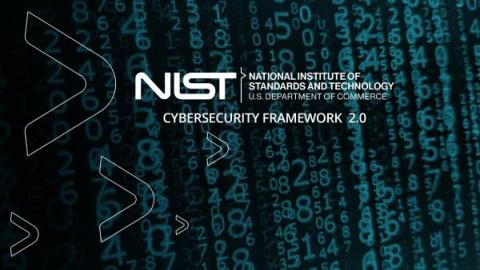Five Things to Know About the NIST CSF 2.0
The National Institute of Standards and Technology’s (NIST) Cybersecurity Framework (CSF) is undergoing a major update. Originally released in 2014, the NIST CSF is one of the most widely used cybersecurity frameworks helping organizations understand and manage their cybersecurity risk. NIST is currently updating the CSF to align with the latest cybersecurity trends and best practices, with the expected release date of the CSF 2.0 slated for the first quarter of 2024.











